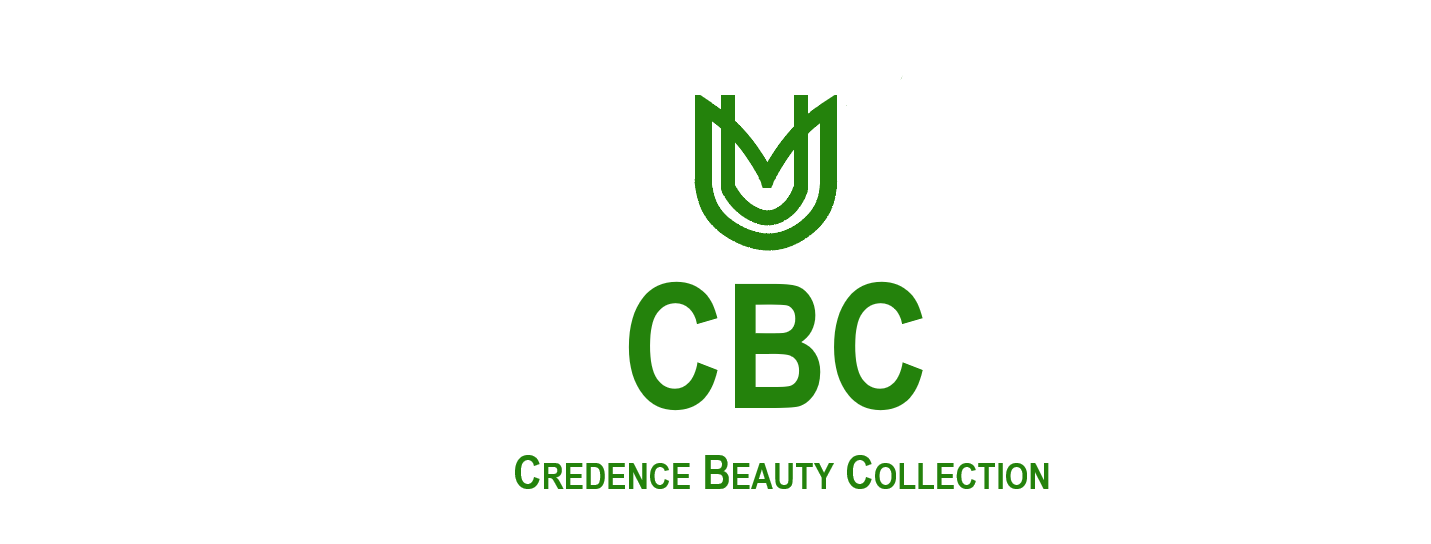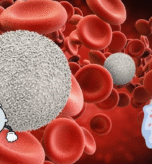Beauty is a universal concept that transcends geographical boundaries, yet its definition and perception vary greatly across cultures. What is considered beautiful in one culture may not be in another, reflecting the unique historical, social, and cultural contexts of each society. This article explores the fascinating world of beauty standards in different cultures, highlighting the intriguing practices, traditions, and philosophies that shape our understanding of beauty.
Body Modifications: Scarification and Stretching
In some African cultures, such as the Karo people of Ethiopia, scarification is a revered beauty practice. Young men undergo initiation rituals that involve cutting patterns into their skin, which heal into raised scars. These scars signify strength, beauty, and cultural identity. Similarly, the Mursi people of Ethiopia practice lip stretching, where women wear large, circular plates in their lower lip as a symbol of beauty and femininus.
Foot Binding: A Painful Beauty Standard
In ancient China, foot binding was a painful and debilitating practice that was considered a mark of beauty. Young girls’ feet were bound tightly to prevent them from growing, resulting in tiny, deformed feet that were seen as a symbol of elegance and femininity. This practice was eventually outlawed in the early 20th century, but its legacy remains a powerful reminder of the extremes to which beauty standards can be taken.
Tattoos and Piercings: Permanent Beauty Marks
Tattoos and piercings are popular forms of body modification that hold significant cultural and spiritual meaning in many societies. In Polynesian cultures, tattoos are a revered art form that signify status, spirituality, and identity. In some African cultures, piercings are used to adorn the body and signify beauty, while in others, they hold spiritual significance.
Hair: A Symbol of Beauty and Identity
Hair is a vital aspect of beauty in many cultures. In Africa, dreadlocks are a symbol of spirituality and cultural identity, while in India, long, dark hair is often associated with beauty and femininity. In some Asian cultures, hair is seen as a symbol of vitality and strength, and is often worn long and unadorned.
Skin: A Canvas of Beauty
Skin is a canvas of beauty in many cultures. In some African societies, darker skin tones are prized, while in others, lighter skin tones are considered more beautiful. In many Asian cultures, pale skin is associated with beauty and elegance, leading to a thriving market for skin-whitening products.
Makeup and Adornments: Enhancing Beauty
Makeup and adornments are used to enhance beauty in many cultures. In ancient Egypt, kohl eyeliner was used to protect the eyes and add to one’s beauty. In India, intricate henna designs are applied to the hands and feet during special occasions, while in Japan, geishas wear elaborate makeup and kimonos to signify their status and beauty.
The Western Influence: A Globalized Beauty Standard
The Western beauty standard, characterized by fair skin, thin features, and youthfulness, has had a profound impact on global beauty trends. The spread of Western media and consumer culture has led to the adoption of Western beauty standards in many parts of the world, often at the expense of traditional beauty practices.
Embracing Diversity: A More Inclusive Definition of Beauty
As the world becomes increasingly interconnected, it’s essential to recognize and celebrate the diversity of beauty standards across cultures. By embracing our differences and challenging traditional beauty norms, we can work towards a more inclusive definition of beauty that values individuality and self-expression.
In conclusion, beauty is a complex and multifaceted concept that varies greatly across cultures. By exploring the diverse beauty standards and practices of different societies, we can gain a deeper understanding of the cultural and historical contexts that shape our perceptions of beauty. Ultimately, beauty is a reflection of our unique experiences, traditions, and values, and its definition will continue to evolve as our world becomes increasingly interconnected.



